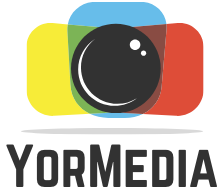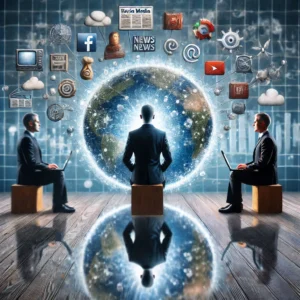Media. It’s the air we breathe, the water we swim in. From the moment we wake up to the last scroll before sleep, we’re immersed in a constant stream of information, entertainment, and communication, all delivered through the multifaceted channels of media. But what exactly is media in this rapidly evolving digital age, and how is it shaping our lives?
Traditionally, media referred to a select few powerful platforms: newspapers, radio, and television. These mediums were largely one-way streets, with information flowing from a centralized source to a passive audience. They held significant sway over public opinion, shaping cultural narratives and influencing political landscapes. While these traditional forms still exist, they’re no longer the sole gatekeepers of information.
The advent of the internet and the subsequent rise of digital technologies have revolutionized the media landscape. The barriers to entry have crumbled, empowering individuals to become creators and distributors of content. Social media platforms like Twitter, Facebook, Instagram, and TikTok have become major players, connecting billions across the globe and providing a platform for diverse voices and perspectives.
This democratization of media has its undeniable benefits. We have access to a wider range of information and perspectives than ever before. News travels at lightning speed, allowing us to stay informed about events happening across the world in real-time. Niche communities can flourish online, connecting individuals with shared interests and passions, regardless of their geographical location.
However, this new media landscape is not without its challenges. The sheer volume of information can be overwhelming, leading to information overload and a phenomenon known as “digital fatigue.” The ease with which information can be disseminated also makes it difficult to discern truth from falsehood. Misinformation, disinformation, and “fake news” proliferate rapidly, posing a significant threat to informed decision-making and societal trust.
Furthermore, the algorithms that power social media platforms can create “filter bubbles” or “echo chambers,” where individuals are primarily exposed to information that confirms their existing beliefs, limiting exposure to diverse perspectives and potentially reinforcing biases. This can lead to increased polarization and hinder constructive dialogue.
Navigating this complex media landscape requires a critical and discerning approach. Media literacy – the ability to access, analyze, evaluate, and create media – has become an essential skill. We need to be able to identify the source of information, evaluate its credibility, and consider the potential biases that may be present.
The future of media is undoubtedly digital and dynamic. New technologies like virtual reality, augmented reality, and artificial intelligence are poised to further transform the way we consume and interact with media. As consumers and creators, we have a responsibility to shape this future consciously, fostering a media landscape that is informative, engaging, and ultimately beneficial to society. By embracing critical thinking and cultivating media literacy, we can harness the power of media to connect, learn, and grow in meaningful ways.



